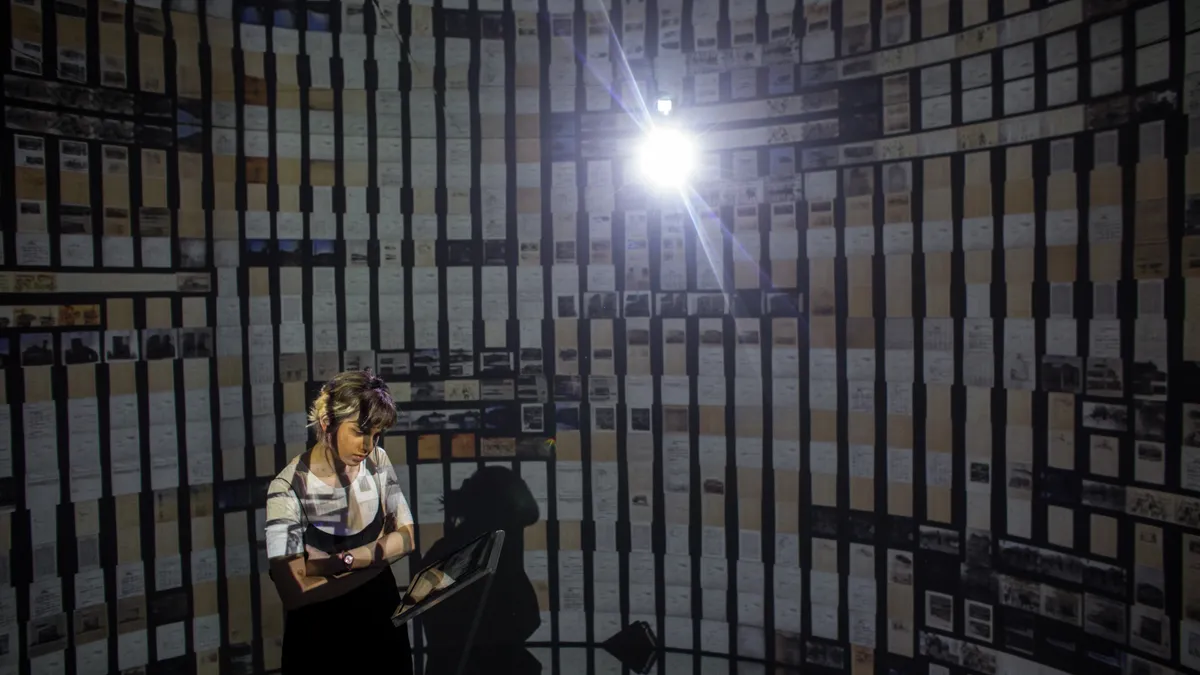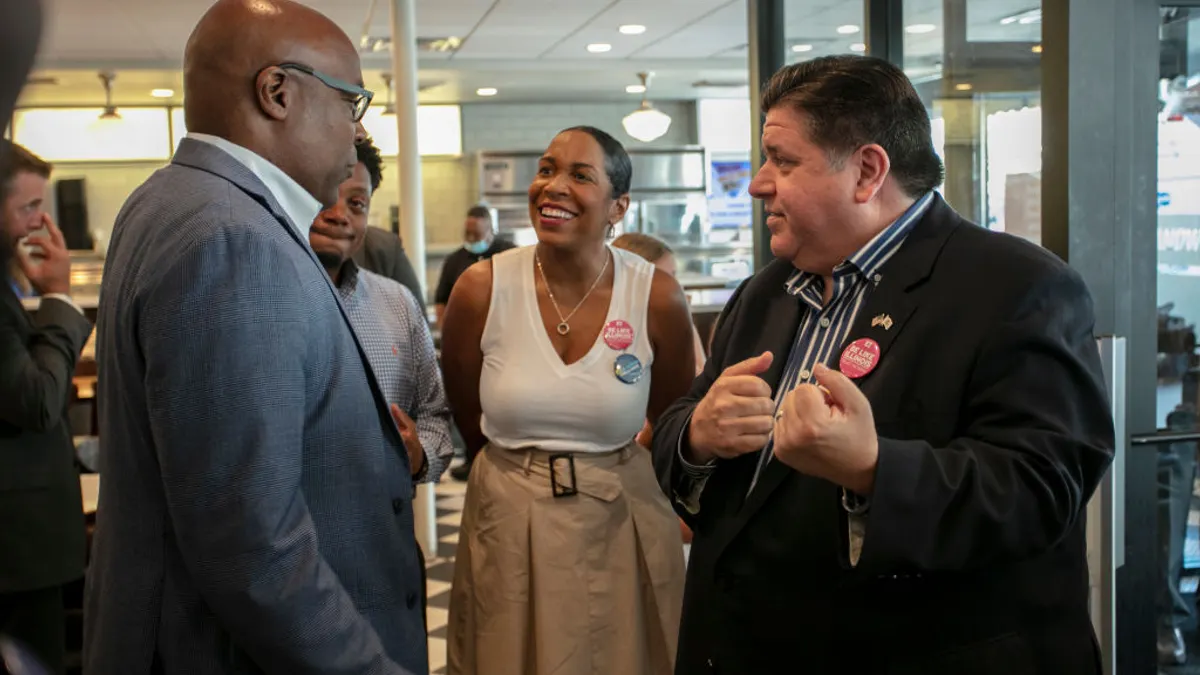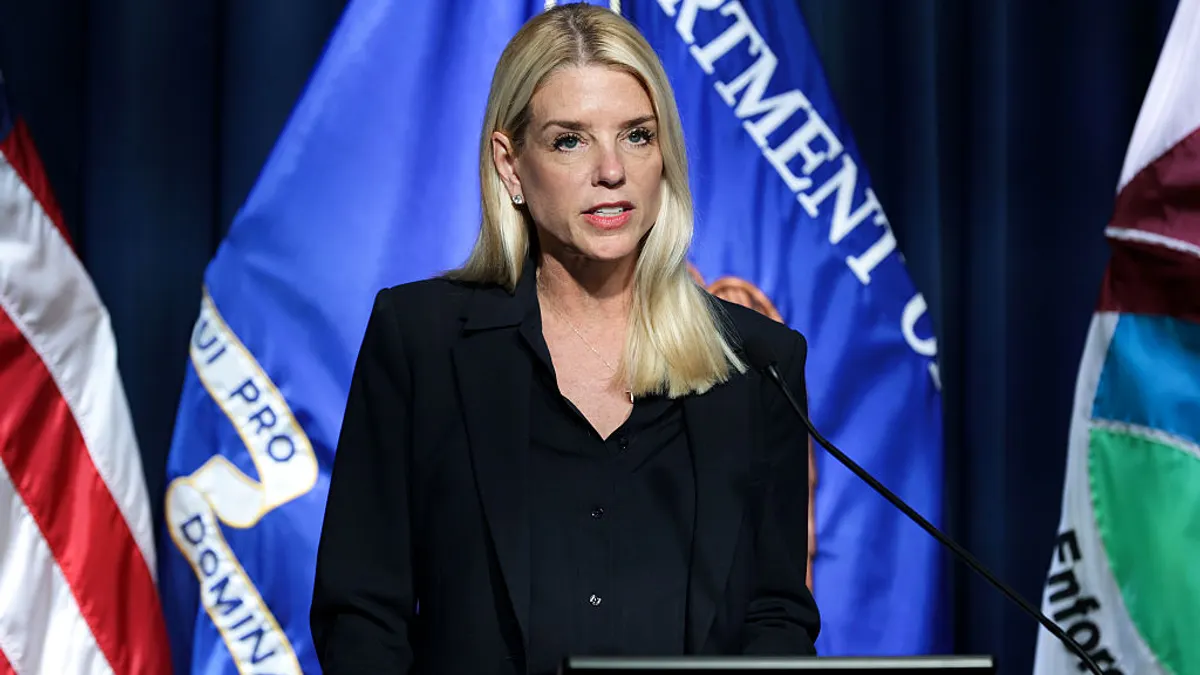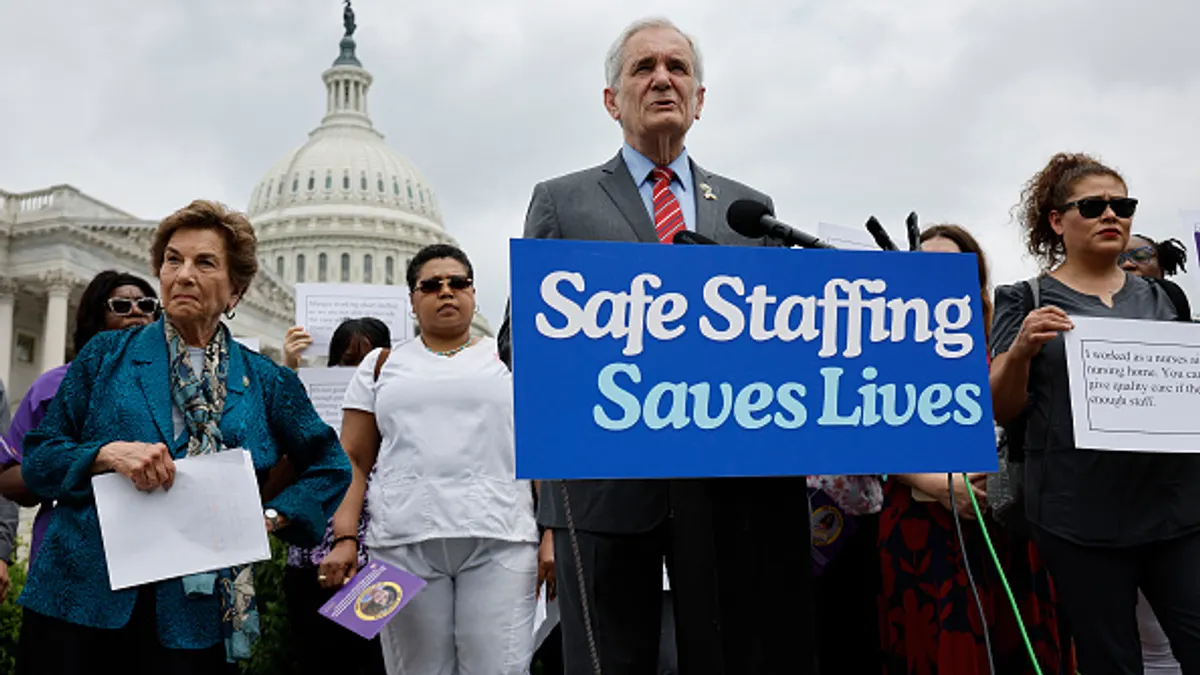The killing of George Floyd and the protests that followed created a global spotlight on longstanding racial justice issues, and employers were not exempt from that scrutiny. Now, employees and consumers alike are calling on leaders to address racism and discrimination within their organizations.
Many companies appear to be heeding such calls. Some have taken a step forward by hiring or expanding the role of the diversity and inclusion (D&I) executive. In May, for example, Zoom Video Communications announced it had hired the company's first chief diversity officer. In June, The Washington Post said it would create new diversity leadership positions throughout its business and news sides.
The D&I leadership position has evolved since its inception and continues to develop today. With the current social climate, organizations may find their need for — and expectations of — these leaders to be growing quickly.
D&I: Not a new kid on the block
Despite the sudden uptick in interest in D&I as a business function, it's not new, said Haven Cockerham, CEO and founder of Cockerham and Associates, which provides strategic consulting and technology services related to diversity. "Diversity work grew out of affirmative action, [equal employment opportunity laws] and HR," he told HR Dive in an interview. But affirmative action met only minimum governmental standards, and diversity work evolved as a voluntary action by professionals who wanted to see more significant improvement and sustainability.
Cockerham has worked in diversity for 40 years, but hiring D&I professionals has blossomed in the last 10. According to ZoomInfo, a business-to-business database, less than 500 companies had someone on their payrolls with the words diversity or inclusivity in their titles before 2010. But by 2018, that number soared past 2,000. In the last five years, companies have increased hiring executives with diversity and inclusion titles by 113%.
Despite the increase in hiring, progress in achieving diversity, and inclusion has been slow. According to Fortune, only five Fortune 500 companies have a Black CEO in 2020. The disparity isn't limited to the C-suite. A study by Lean-In and McKinsey found that men and women of color make up significantly less of the corporate pipeline at every level, compared to their white male and female counterparts. White men made up 45% of managers and white women made up 27%, while men of color made up 17% and women of color made up 12%.
Reports of such disparities come alongside numerous studies that outline the business benefits of a diverse and inclusive workforce.
A tragedy brewed the perfect storm for change
Although Black and brown individuals have called for racial justice in businesses before, this time feels different, Katrina Jones, diversity and inclusion leader at Amazon Web Services Professional Services, told HR Dive in an interview.
It was a perfect storm that brought heightened attention to the issue, she said, with a pandemic, people sheltering in place, watching the news and seeing a series of murders of Black people. Floyd's death, captured on camera, may have impacted people differently. "This wasn't a shooting, which we are kind of numb to," she said. "This was a deliberate 'put the knee on his neck,' and you could hear his life expire in eight minutes and 46 seconds. You could hear him crying out."
This prompted companies to ask what the Black Lives Matter movement meant for their organizations, said Terrance Lockett, senior diversity program manager at Oracle Campus Talent Advisory. That led to employees self-reflecting and saying they wanted to be involved, he told HR Dive in an interview. "We recently had an [Employee Resource Group] meeting, and people were saying 'here's what I noticed about myself. Let me make efforts to change.'"
Growing opportunities, requirements for D&I pros
In this current climate, society seems ready for progress, Cockerham said. The increased number of phone calls he's received in the past two weeks from potential clients who want to improve their organizations is a sign, he said. And when society is ready to change, D&I leaders must also be prepared to lead, he added. "They have a once-in-a-lifetime, once-in-a-career opportunity to drive change and to drive it quickly," he said.
To do that, D&I practitioners need to focus on strategy, said Cockerham. While they may have been comfortable with the social side of diversity, such as establishing employee resource groups and building employee engagement, D&I professionals may be less familiar with the strategy side, Cockerham said. They need strategic leadership to understand the implications of initiatives and how to move and influence an organization. Leaders will also need analytical skills to determine how to create metrics and put them together in a way that matters. Lastly, D&I leaders need to perfect large scale organizational change capabilities to sustain and build progress, he added.
D&I practitioners need to watch for clients who only want surface-level diversity, Tony Wright, founder of Diversity Recruiters, told HR Dive. As a recruiter, this may mean calling out a client who isn't genuine about their desire to hire a minority. "Usually they'll say something like 'we got sued last year for XYZ, and if we don't hire someone, we'll get sued again'" or "'we need a Black person.'"
Wright said his company won't work with clients who harbor such attitudes. "The worst thing you can do is have diversity without inclusion," he said. That scenario is like asking someone to come to a dance, but when they do, they find no one will dance with them, he said. That person is only there for the optical illusion of diversity, he added.
D&I leaders must be prepared for uncomfortable conversations, said Lockett. "We always want to respect that people are in charge of their own opinions," Lockett said. At the same time, leaders must be aware that people in visible roles may be biased and prejudiced.
When D&I pros spot such signals, it's time for a candid conversation. "You might have to agree to disagree. You might have to monitor what's going on in their department," he said. On the other hand, it's an excellent opportunity to educate and share an appreciation for everyone's culture and history. "For African Americans, it is so important that the myths about culture are dispelled. There's more to our history than being slaves. How do you change that narrative and help [others] understand?"
D&I needs to grapple with structural changes, too, Jones said. "A lot of work has been done on how we fix people, make them better, teach them the system versus fixing the system," she said. "Instead of teaching Black employees to be more successful, what do we need to do internally to dismantle structural and cultural [barriers]? Do you have what you need specifically for yourself to grow and thrive?" General development programs don't address the needs and experiences people have who are not white and male, she said. "How do you overcome when there is resistance to your leadership? When microaggressions and biases show up? When you have a harder time influencing people or taking action because of an aspect of your identity?"
As the nationwide conversation on racial justice intensifies, D&I professionals inherit a growing responsibility.
"I've heard people say, 'we have to take advantage of this movement,'" Wright said. "It's disheartening, but I'm okay with it. It shouldn't take somebody getting killed to focus on equity. I'll take it because it gets us in this space where we can start to do something positive."



















